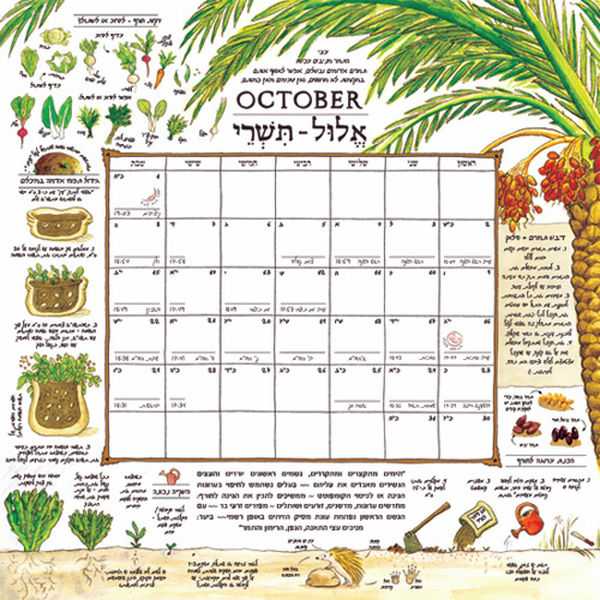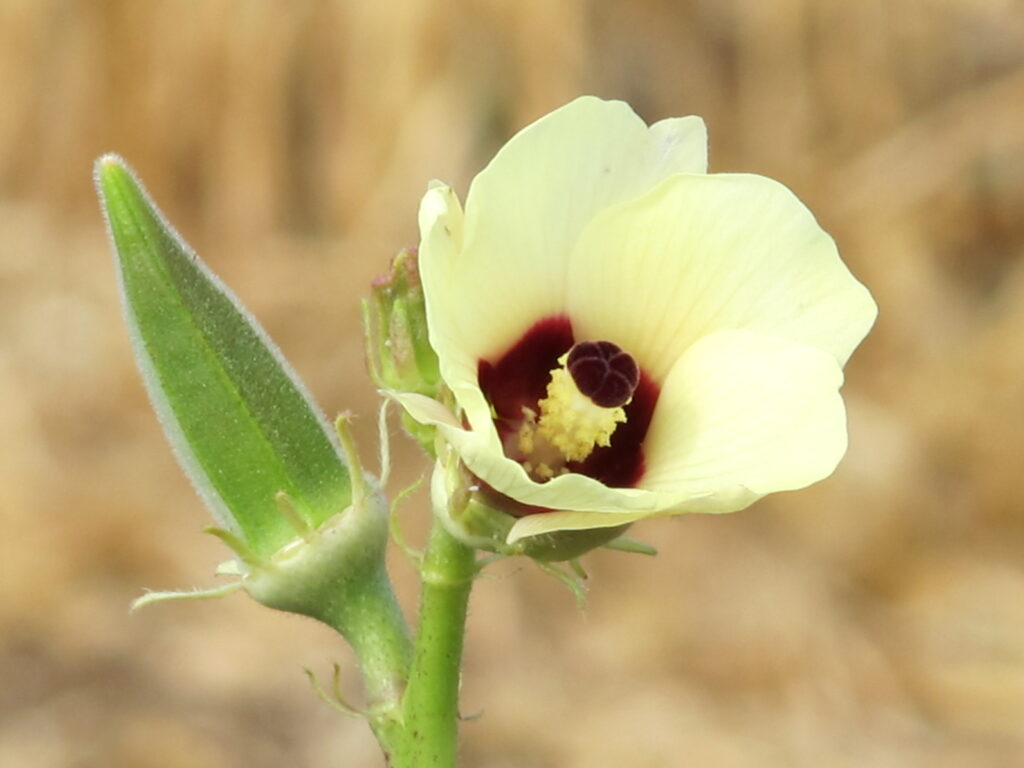New Year Preparations – Changes in delivery dates over the holidays:
During the week of Rosh Hashanah:
- There will be no deliveries to those scheduled to receive a box on Monday, October 3rd.
- Wednesday delivery will be moved to Thursday, October 6th and the ordering system will close (for that Thursday) on Wednesday, October 5th at 9:00.
The Week of Yom Kippur:
- Monday delivery as usual (October 10th)
- Wednesday delivery moves up to Thursday, October 13th and the ordering system (for that Thursday) will close on Monday, October 10th at 12:00.
During Chol HaMoed Sukkot:
- There will be no deliveries, thus you will not be receiving boxes on Monday and Wednesday, the 17th and 19hof October.
On the week after Sukkot and Simchat Torah:
- Monday deliveries move up to Tuesday, October 25thand the ordering system (for that Tuesday) closes on Sunday, October 23rd at 9:00.
- Wednesday deliveries as usual (October 26th)
If you wish to increase your vegetable boxes before the holidays, please advise as soon as possible.
Open Day at Chubeza In keeping with our twice-yearly tradition, we invite you for a Chol HaMoed “pilgrimage” to Chubeza to celebrate our Open Day. The Sukkot Open Day will take place on Thursday, October 20th, the 18th of Tishrei (third day of Chol HaMoed), between 12:00- 5:00 PM. The Open Day gives us a chance to meet, tour the field, and nibble on vegetables and other delicacies. Children have their own tailor-made tours, designed for little feet and curious minds, plus special activities and a vast space to run around and loosen up. (So can the adults…)
Driving instructions are on our website under “Contact Us.” Please make sure you check this before heading our way.
Wishing you a Chag Sameach and Shana Tova from all of us at Chubeza. We look forward to seeing you all!
____________________________________
 And while we’re on the subject of the New Year, this is your last chance to order Ilana and Davidi’s wonderful Shana BaGina Calendar.
And while we’re on the subject of the New Year, this is your last chance to order Ilana and Davidi’s wonderful Shana BaGina Calendar.
It is a Hebrew/English/agricultural/pictorial calendar, unique and beautifully made by Ilana and Davidi, old friends who are gardeners and collectors, cooks and talented dreamers. The calendar walks you through the year, describing in pictures and words the annual cycle in your home garden and surrounding nature.
Last chance! Order the calendars now via our order system (under the “Chubeza Vegetables” category).
Further details and a sneak peak of the calendar are available at their website.
_________________________________________________
 Eliezer of Shorshei Zion invites you to learn how to prepare your very own homemade probiotic food.
Eliezer of Shorshei Zion invites you to learn how to prepare your very own homemade probiotic food.
On Friday, September 19th, two workshops will be held:
Part 1 – 9:00-11:30: Probiotic fermented vegetables
Part 2 – 12:00-2:30: Vegan “dairy products” – We will learn to prepare vegan milk, yogurt, cheese and even vegan ice cream
- Fee for one part of the workshop: 250 NIS
- For both parts: 450 NIS
The workshop will take place at the Shorshei Zion factory: Hatzeva 3, Beit Shemesh
______________________________________________
The Long-Fingered Lady
The myth is that people of Ashkenazi origin can’t tolerate okra and do not appreciate it, but as a descendent of a German father who can eat okra for all three meals daily, I can vouch for the fallacy of this myth. At our house too, okra is very much loved, and makes us happy every summer. Versatile as ever, okra can be crispy, stir-fried in lemon, tender in tomato sauce, roasted in the oven or chopped up raw to become little “stars” in a salad.
Okra likes to prance around using her fancy name “Lady Fingers,” indicating that she must be treated with gentle respect: Before cooking it, the tip must be gently cut off, taking care not to hurt the pod. In olden times, when a groom’s family wanted to “check out” a bride, they handed her a knife, a pile of okra, and put her to work. If she was able to properly slice it, this meant she was gentle and skilled.
But to the harvesters, okra does not put on her dainty lady show. The branches of the okra bush contain etheric oil and any brush against them causes a terrible itch, which is why okra is harvested wearing long sleeves and gloves. This crop is harvested in large quantities, and we visit the okra beds every other day so as not to find ourselves standing in front of a lady who totally forgot to trim her fingernails… Harvesting takes a really long time, as the pods must be searched for among the tangled brush of foliage and then picked one by one. Very personal treatment.
But although she is royalty, okra is also one of the only crops which does not force us to kneel down before them. The bushes quickly grow taller, reaching an impressive height of 3 meters! At that point, it is already way above us and we must bend its flexible branches in order to reach its pods. Another thing that makes us happy when we harvest okra is the beauty of its flowers. Okra belongs to the Malvaceae family (along with the chubeza, cotton, hibiscus and hollyhock). Not many members of the family are edible, but they are indeed rather beautiful. Our okra boasts large, lush yellowish flowers, with a vivid purple center.

Okra began its domesticated path in the world over 1,000 years ago in tropical Africa, in the Ethiopia-Eritrea-Sudan area, where it can still be found growing wild today. From there it crossed the Red Sea to Saudi Arabia and took off to North Africa, the Middle East and India. It is not clear how this journey occurred, and there are very mysterious periods within okra history, but it became a unanimously loved food in all those countries. Okra arrived in Europe, compliments of the Muslim Moors in the 12th century. It made its debut in the new continent, America, via two sources: African slaves brought to work in the colonial colonies carried okra to Brazil and South America, and simultaneously French settlers, who knew it from Europe, brought it to Louisiana. Over the past decades okra became a vaunted vegetable in the Asian kitchen, specifically the Japanese. So one does not have to be Egyptian or Greek to hold this vegetable in esteem.
The local okra variety indigenous to Israel has small – even tiny – pods. Traditionally you’ll be told to steer clear of a pod larger than your pinky, as this is a sign of an okra which is over-mature and too fibrous. On the contrary, the green and red okra variety that Chubeza grows is the Thai okra: longer, bigger and a little less slimy. Don’t be put off by the size – it’s simply a different cousin, but not any less amazing than other family members. If I dare say so myself, in many recipes it’s even better!
But despite its beauty and my father’s deep affection for it, some people are repulsed by the modest okra. The reason generally cited is its “texture,” or in other words: “that slimy stuff that oozes out when it’s cooked.” That’s a pity, because that “slimy stuff” holds the okra in its Cinderella state, still in rags, waiting to be discovered for all its charms. There are many ways to reduce the slime, which I will get to soon, but let us first discover the charms of Cinderella.
One of the most amazing things about okra is that it can be used in a great variety of ways, some of which aren’t fully utilized today. We usually cook, roast or fry the young pods (3-5 days old), which is, of course, great. They are rich in vitamins K, A and C, plus folic acid, calcium, magnesium and potassium. The dietary fibers aid in preventing constipation and in stabilizing blood sugar levels by slowing down the process of sugar absorption in the digestive system. Okra also absorbs cholesterol and removes stomach acids containing the toxins that did not pass through the liver’s filtering system. Its dietary fibers are unique in that they feed the good intestinal flora. As it matures, okra’s fibers grow more and more rigid (which anyone who ever tried to chew a mature pod can attest to) and hold an unfulfilled potential as raw material for the rope and paper industry.
Yet its assets are not only in the pod fibers, but also in its little seeds: the oil produced from them is quite healthy and unsaturated, with characteristics resembling the lauded olive oil. The tiny seeds contain vegetal protein, like soybeans, and they are rich in tryptophan and contain amino acids- a very important combination for vegetarians. Ground okra seeds were used in the past (and in some places, in the present) as caffeine-free substitutes for coffee, like the chicory root.
So what about that “slime”? It, too, can be efficiently used to thicken soups and other dishes (sometimes okra pods are dried and ground to be used for thickening, similar to gelatin) and some say it can be beneficial to heal wounds and soothe burns, like the gel inside the aloe vera plant.
But if you still wish to reduce the slime level in cooking, there are several options:
– Leave the pod whole (cut off the stem, but do not open the pod)
– Prepare quickly and easily by stir-frying or frying, not by lengthy cooking in liquids.
_ Roast it! Rinse and dry the okra with a towel. Trim off the stems and tips, place in a bowl and drizzle with olive oil and some salt. Place okra on a foil-lined cookie sheet or oven pan and roast in a hot oven for around 15 minutes, stirring the okra every 5 minutes. Serve warm.
– Combine with acidic foods: tomatoes, lemon juice or vinegar.
Another surprising and attractive use for okra is in arts and crafts. Okra pods make fancy dragons, or can be cut horizontally to become delicate star-shaped stampers. Note the pictures:


Wishing us a good, safe week, and a happy holiday (Eid al-Adha) to Mohammed, Majdi, Ali and all of you out there who are celebrating!
Alon, Bat Ami, Dror, Maya and the entire Chubeza team
________________________________________
WHAT’S IN THIS WEEK’S BOXES?
We are waiting with bated breath and ready-and-waiting taste buds for the new cucumber crop to yield, already. For the time being, however, cucumbers are still scarce. To repeat, the unfortunate shortage was caused because our recent cucumber round reached its end. The others in line, however, are bravely fighting the heavy heat of summer’s end. They are beginning to yield, but it should take a week or two till the quantities increase. In the meantime, we are attempting to buy cucumbers from other organic farmers to add to your boxes, but the situation is similar throughout the entire organic market. Thus, some of your boxes will contain cukes, while others will be filled with red peppers. We hope the shortage will soon end. Thank you for your understanding!
Monday: Okra/Thai lubia/lubia/ cherry tomatoes, parsley, tomatoes, onions, potatoes, eggplant, slice of pumpkin, New Zealand spinach/Swiss chard, cucumbers/bell peppers, lettuce, sweet potatoes
Large box, in addition: Leeks/scallions, carrots, coriander/nana mint
Wednesday: parsley, tomatoes, onions, potatoes, eggplant, slice of pumpkin, New Zealand spinach/Swiss chard/basil, bell peppers, lettuce, corn. Small boxes only: okra.
Large box, in addition: Thai lubia/lubia/cherry tomatoes/carrots, cucumbers/sweet potatoes, scallion, coriander/nana mint.
And there’s more! You can add to your basket a wide, delectable range of additional products from fine small producers: flour, fruits, honey, dates, almonds, garbanzo beans, crackers, probiotic foods, dried fruits and leathers, olive oil, bakery products, apple juice, cider and jams and goat dairy too! You can learn more about each producer on the Chubeza website. On our order system there’s a detailed listing of the products and their cost, you can make an order online now!
